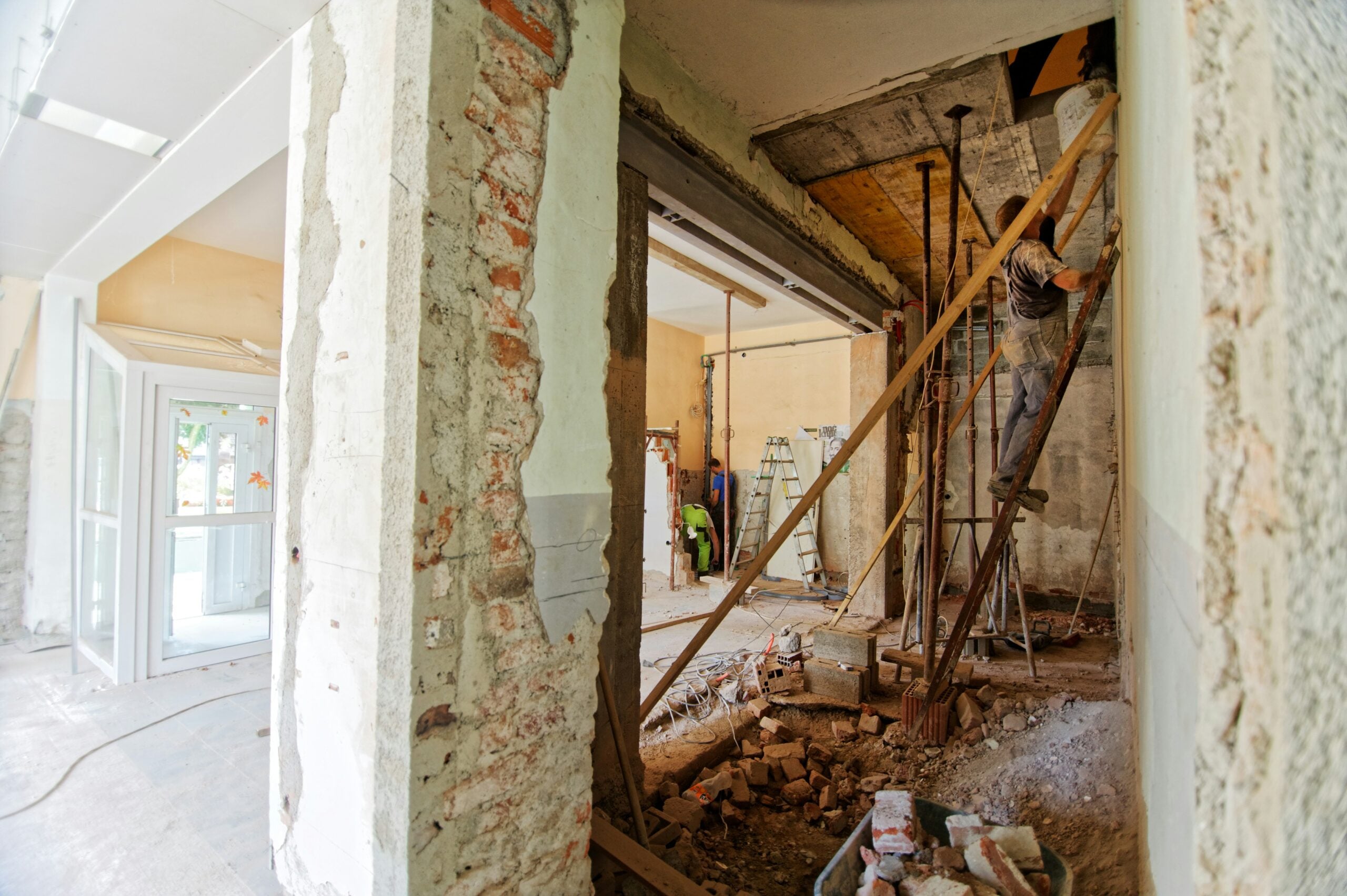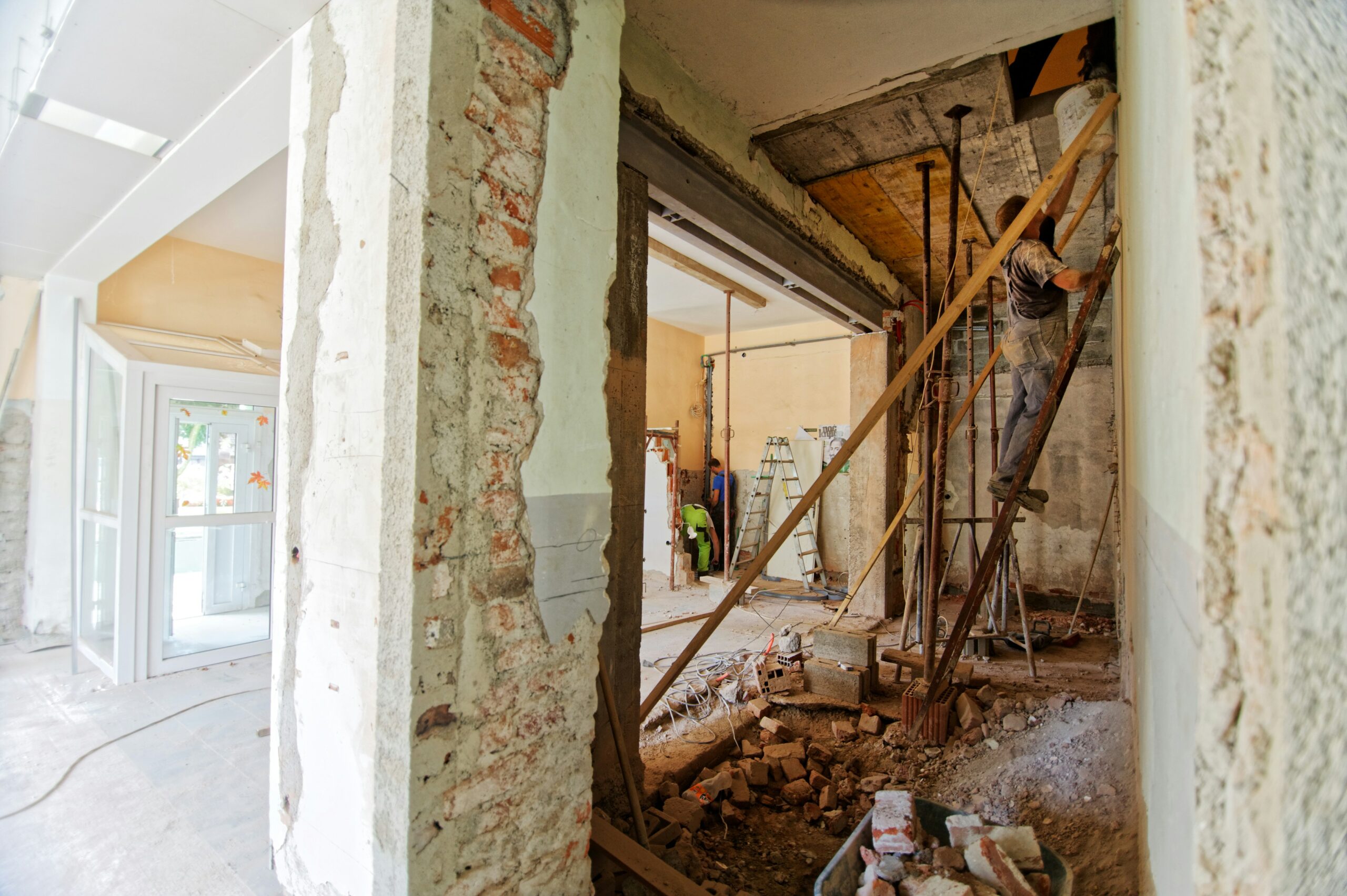Designing a home extends far beyond selecting paint colors and furniture, it’s about crafting an unmistakably personal space. A well-designed home becomes an extension of your personality; it serves as a sanctuary that complements who you are and accommodates how you live—allowing you to escape the ubiquity of mass-produced designs, personalize your environment, and foster emotional well-being alongside daily routines. Designing from scratch or revamping an existing space, you must first grasp the importance of shaping your home to mirror your unique personality. This understanding is the cornerstone of creating a truly harmonious living environment.
Importance of Choosing the Right Home Builder
Constructing your dream home represents a major investment. It demands not only financial commitment but emotional engagement as well. Transforming your vision into reality necessitates partnering with someone skilled and reliable—someone capable of actualizing your ideas with precision and attention to detail.
Selecting the right home builder extends beyond merely employing a constructor; it involves identifying and hiring a collaborative partner who grasps your distinct requirements and aligns with you in sculpting an abode that mirrors your persona, lifestyle, and ambitions. Your best bet would be to look at local builders first and read their reviews. If you’re living in Indiana, for example, the most logical choice would be to find the best custom home builders Indianapolis has to offer. Selecting the wrong builder may cause delays, exceed budgets, and result in inferior quality; conversely, choosing wisely guarantees a streamlined project and delivers a home you’ll treasure for years ahead.
Understanding Your Personality and Lifestyle
To create a home that resonates with your essence, start by evaluating who you are and how you live; this knowledge allows for the design of not just an aesthetically pleasing space but one that also elevates your everyday experiences. For instance, considering the often-overlooked details in personal spaces, such as the bathroom, can greatly impact comfort. Incorporating thoughtful elements, like electric towel rails, which combine functionality with warmth, can enhance the ambiance of these intimate areas. Such introspection is crucial—it transforms your residence into a mirror of uniqueness, providing comfort and sparking inspiration.
Your personality significantly influences the type of home environment in which you flourish. Introverts often seek cozy, peaceful dwellings with spaces designed for relaxation and contemplation—preferring soft lighting and warm colors. They lean toward layouts that favor private nooks rather than open-concept designs. In contrast, individuals with extroverted tendencies may be drawn to lively and active environments that foster social engagement—often preferring spaces adorned with bright colors, open floor plans, and shared areas like spacious living rooms or outdoor patios. These elements complement their vivacious and sociable dispositions. Acknowledging such characteristics is crucial in choosing design options that resonate with your emotional disposition and social preferences.
Your aesthetic preferences actively personalize your home. Do you revel in minimalist design’s simple joy, with clean lines and uncluttered spaces? Or does the eclectic charm of mixed patterns, textures, and colors—crafting a playful yet harmonious atmosphere—attract you more? You might favor the rustic charm of natural wood, stone finishes, and earthy tones—these elements summon a warmth and intimacy with nature. Grasping your visual affinity enables you to choose furniture, decor, and finishes embodying your true style; this approach guarantees that your home functions superbly while also bringing you joy each time you enter.
Key Elements of Personalized Home Design
Color Palette and Materials Selection
The colors you select for your home profoundly influence your emotional state: soft, neutral hues—such as beige or pale gray—foster a calm atmosphere, ideal for those pursuing tranquility and relaxation. Vibrant tones—including yellows, reds, and blues—infuse energy into an area, rendering it lively and dynamic. Select colors that reflect your emotional state and personality to craft an environment akin to an extension of yourself. Muted tones offer a serene retreat for the introverted, whereas bold, cheerful hues energize extroverted individuals’ vibrant spaces.
Materials and textures actively personalize your home. A love for natural elements such as wood, stone, or bamboo creates a rustic or eco-friendly vibe. In contrast, if you prefer sleekness and modernity, glass, metal, or polished concrete may better align with your tastes. Your personality can shine through the choice of finishes; matte suggests understated elegance; glossy conveys boldness and confidence; textured reflects a more nuanced character.
Layout and Functional Spaces
Your home’s layout transcends structural choices; it embodies your lifestyle and interaction with the environment. Ideal for entertainers or those cherishing spacious connectedness, open-concept designs facilitate unobstructed flow from kitchen to dining to living spaces—nurturing a sense of community. Compartmentalized layouts—featuring distinct rooms for specific purposes—provide privacy and a sense of organization; this design appeals to introverts or individuals in bustling households who require defined spaces for various activities.
Another crucial element of home design is the creation of functional spaces that align with your lifestyle. For instance, a dedicated office space—designed to minimize distractions and maximize productivity—is essential if you work from home. These spaces must be functional yet also crafted to motivate and uplift you, guaranteeing they fulfill their intended purpose with efficacy.
Flexibility remains essential in layout and functionality. Multi-purpose rooms—a guest bedroom serving as a home office, for example—can adapt over time. Modular furniture and movable partitions offer the versatility needed to reconfigure spaces with your evolving lifestyle. Design a layout that mirrors your lifestyle—including work, rest, and play—to ensure your home not only supports daily activities but also remains adaptable to future changes.
Conclusion
Tailoring a home to your individuality transcends mere aesthetics. It constitutes a deeply personal journey—one that significantly elevates your quality of life. Designing with your unique personality and lifestyle as the blueprint, you craft not merely a house but rather, a sanctuary, an abode where authenticity reigns and ease resides at its core. By meticulously choosing colors, materials, layouts, and decor in harmony with your identity—for more than just meeting functional demands—you cultivate an environment that also soothes and sustains emotional well-being. Personalization—by infusing your house with elements that reflect who you are and what you hold dear—transforms it into a home.


